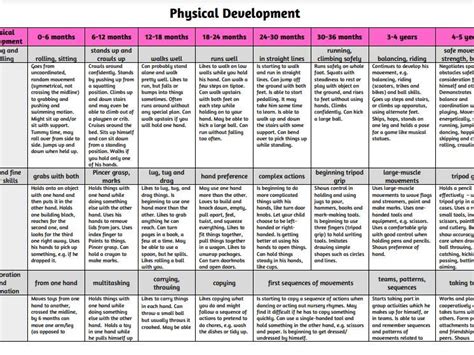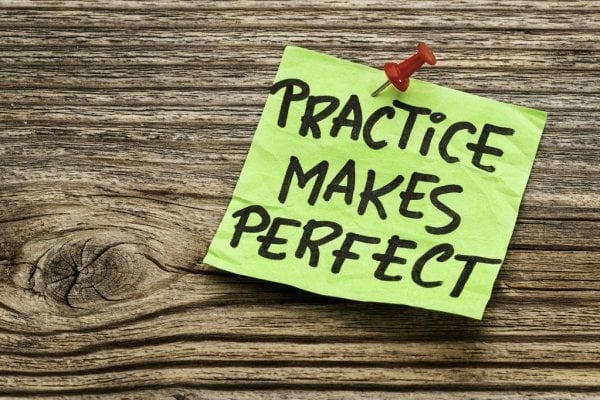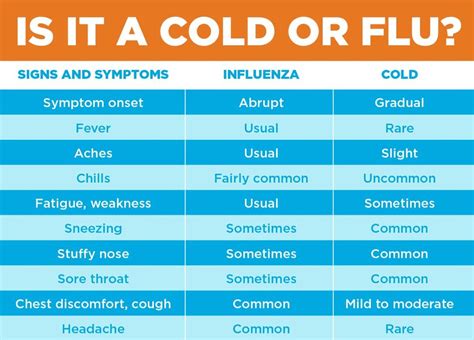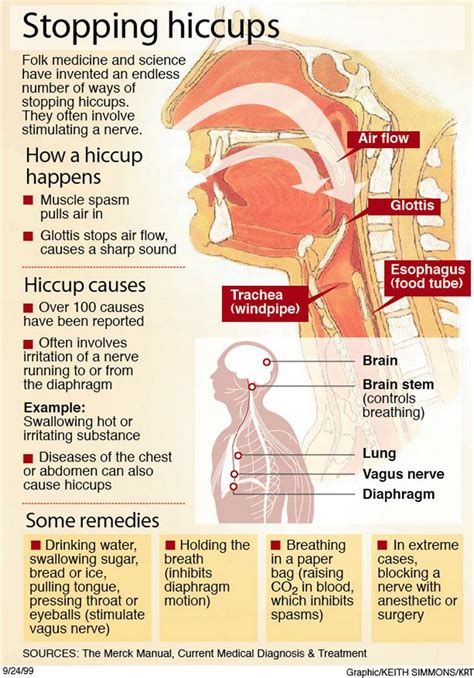At the age of five, children are learning and growing at an incredible pace. They are beginning to develop their skills in various areas, including physical, emotional, social, and cognitive development. Here are some milestones that you might expect to see in a five-year-old child:
Physical Development: Five-year-olds are refining their gross motor skills, which include running, jumping, skipping, and throwing. They are also improving their fine motor skills, such as drawing, cutting, and dressing themselves. You might notice that your child is:
- Able to run with more control and speed
- Jumping with both feet and landing on both feet
- Skipping and hopping on one foot
- Throwing a ball overhand with more accuracy *Using scissors to cut straight lines and simple shapes
- Dressing and undressing themselves with more ease
Emotional Development: Five-year-olds are learning to manage their emotions and develop empathy towards others. They may:
- Express a range of emotions, including happiness, sadness, anger, and fear
- Begin to understand and recognize emotions in others
- Show affection for family and friends
- Start to develop a sense of independence and assertiveness
- Test boundaries and push limits to see how others react
Social Development: At five years old, children are learning to interact with others and develop social skills. They may:
- Play cooperatively with other children
- Share toys and take turns
- Show interest in making friends and being part of a group
- Begin to understand and follow simple rules and routines
- Imitate adult behaviors and roles
Cognitive Development: Five-year-olds are curious and love to learn. They may:
- Show an interest in reading and writing
- Recognize and write their name
- Identify basic shapes and colors
- Count up to 10 or higher
- Demonstrate an understanding of basic concepts, such as day and night, big and little
Language Development: At five years old, children’s language skills are exploding. They may:
- Use complete sentences to communicate
- Identify and name basic shapes and colors
- Follow simple directions and instructions
- Engage in conversations and answer questions
- Use imagination and creativity in their language
It’s essential to remember that every child develops at their own pace, and some may need more time to master certain skills. If you have concerns about your child’s development, it’s always best to consult with your pediatrician or a qualified healthcare professional.
In the next section, we’ll explore some activities and strategies that you can use to support your child’s development and help them reach their full potential.
Supporting Your Child's Development

As a parent, there are many ways you can support your child’s development and help them thrive. Here are some activities and strategies you can try:
- Read together: Reading with your child is one of the best ways to support their language and cognitive development. Choose books that are engaging and interactive, and take turns reading and discussing the story.
- Encourage physical activity: Regular physical activity is essential for healthy development. Encourage your child to engage in outdoor play, such as running, jumping, and climbing, and provide opportunities for them to practice their fine motor skills, such as drawing and puzzles.
- Practice social skills: Social skills are critical for successful relationships and interactions. Encourage your child to play with others, share toys, and take turns. You can also model social skills yourself, such as saying please and thank you, and using good manners.
- Support emotional development: Emotional development is critical for children’s mental health and well-being. Encourage your child to express their emotions, and validate their feelings. Teach them coping strategies, such as deep breathing and counting, and model healthy emotional regulation yourself.
Step 1: Create a Safe and Supportive Environment
Provide a safe and supportive environment that encourages your child to explore and learn. This includes creating a physically safe space, free from hazards, and providing emotional support and validation.
Step 2: Encourage Independence
Encourage your child to take risks and try new things. This can include activities such as dressing themselves, using the bathroom, and completing simple tasks.
Step 3: Model Healthy Behaviors
Model healthy behaviors yourself, such as eating a balanced diet, exercising regularly, and practicing good hygiene. Children learn by observing, so it's essential to model the behaviors you want them to adopt.
By following these steps and providing a supportive environment, you can help your child develop the skills and confidence they need to succeed.
What are some common milestones for 5-year-olds?
+Common milestones for 5-year-olds include refining their gross and fine motor skills, developing social and emotional skills, and improving their language and cognitive abilities.
How can I support my child’s development?
+You can support your child’s development by providing a safe and supportive environment, encouraging independence, and modeling healthy behaviors. You can also engage in activities such as reading, physical activity, and social play to support their language, cognitive, and social development.
What if my child is not meeting certain milestones?
+If you have concerns about your child’s development, it’s essential to consult with your pediatrician or a qualified healthcare professional. They can assess your child’s development and provide guidance and support to help them catch up.



